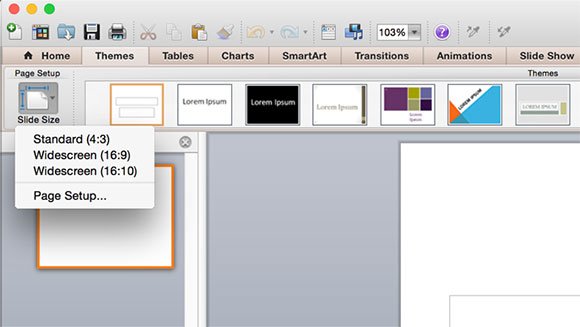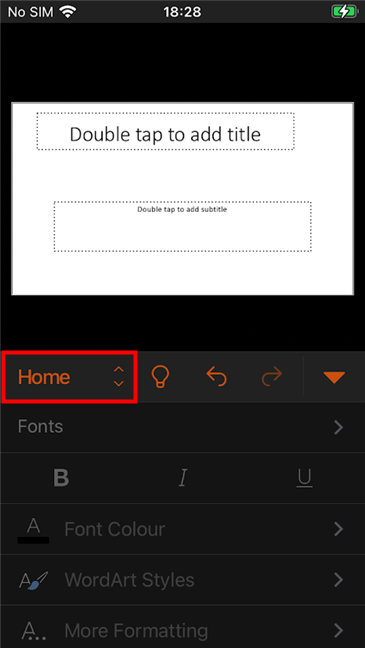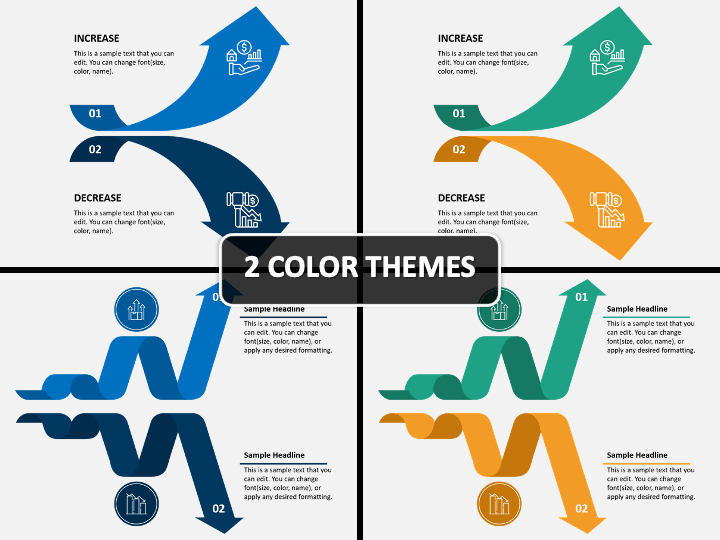
In the meantime, when designing a slide for a presentation, I suggest you visit this page if you need a color palette. It is important to know the Dimensions to better understand the slide design you will make. No need to know how many steps there are to climb the ladder, but this is not the same thing. How can you make a great presentation without knowing the PowerPoint slide size? Preparing a wonderful presentation has technical details as well as cognitive details.įor example, it is important to know the dimensions of a slide you will prepare. Powerpoint is a presentation application installed on the computer of almost every plaza professional.Īnyone can prepare PowerPoint, but some people make great presentations.

I do not know the exact answer to this, but there is a big difference between the blank of a paper and the response given to you in a message application.Īnyway, I want to go back before the subject goes apart. So why do you get bored when you try to write a story when you don't get bored while texting with someone on Whatsapp?

We can automate some jobs, but not others.įor example, writing would never be easy.īecause it is necessary to think about what you will write.

Because the necessary nerve endings are formed in the brain. If you repeat an action for too long, the brain will no longer get tired while doing that. Our brains focus their attention to solve these obstacles. Experience also allows you to do things that you had difficulty at the beginning. The Fast Way The fastest way to change the slide ratio is to go to the design tab and clicking on slide size. Let’s go through the pros and cons of each method. The more presentations you prepare, the more experience you get. Perhaps one of the bigger pains in PowerPoint is changing your slide size from 4:3 to 16:9 or vice versa. Back on the “Design” tab, select the “more” arrow, which you can find at the bottom-right of the “Themes” group.The way to make great presentations is to make too many presentations. If this is the size you’d like to use for future presentations, then save this theme and select it for your next presentation. Once you’re happy with your setup, click “OK.” Finally, you can choose the orientation of your slides and handouts by selecting “Portrait” or “Landscape” (4) in the respective section. Alternatively, you can customize the dimensions of the slides by entering the slide size in the “Width” and “Height” boxes (2). Choose the one that best matches your needs. Choose one of the pre-defined sizes: Standard (4:3) was the default slide size in older versions of Microsoft PowerPoint, like 2003 or 2007.Standard (4:3) slides have a size of 10 x 7.5 inches or 25.4 x 19.05 cm.

In the Slide Size window that appears, clicking the box under “Slides sized for” (1) will open a menu with several different options. To change the size of your presentation slides, on the Design tab, in the Customize group, click the Slide Size button and then. If you want to do a little custom tweaking to tailor the size to your specific needs, then select “Custom Slide Size.” If you’re switching over to the standard format without any other changes, you can select it from the menu, and the changes will take effect. However, with this little trick, you can increase the export resolution in Microsoft PowerPoint and thus save images of your slides with up to 1000dpi. This is too little if you want to print your slides (300dpi is required here) or share them in high quality. Go ahead and open up the presentation that we will be resizing and select the “Design” tab.Ī menu will appear, allowing you to choose between the “Standard” format (4:3) or the “Widescreen” format (16:9). Unfortunately PowerPoint can only save slides as images at 96dpi by default. Resizing the slides in PowerPoint will affect the way they appear during the actual presentation and how they appear on the handouts.


 0 kommentar(er)
0 kommentar(er)
